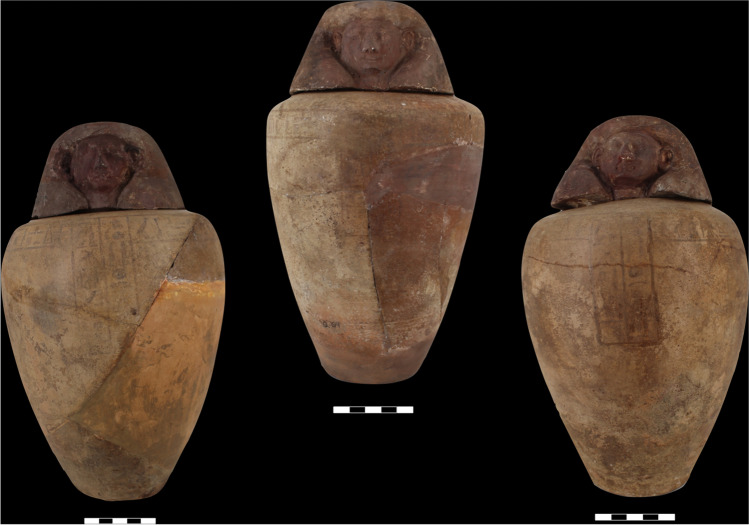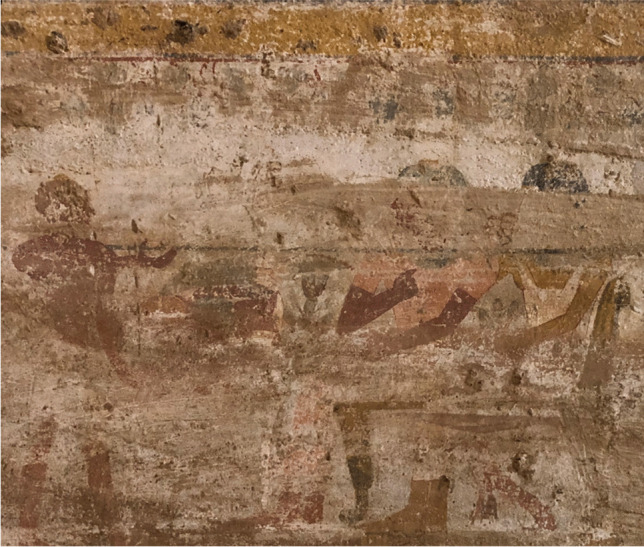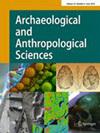Reshaping Egyptian funerary ritual in colonized Nubia? Organic characterization of unguents from mortuary contexts of the New Kingdom (c. 1550–1070 BCE)
Abstract
Abstract
Samples taken from the canopic jars of Djehutyhotep, chief of Tehkhet (Debeira), Lower Nubia, and local versions of Egyptian canopic jars from Sai, Upper Nubia, suggest that the materials used for mortuary ritual unguents in Nubia may have differed from those used in Egypt. Nubian samples consisted of plant gum and bitumen, whereas those from Egypt conformed to the standardizing black resinous liquid recipe used for mummification and other funerary rituals. However, there may be time frame issues to be considered as most samples analyzed from Egypt date to later periods. A standard black funerary liquid was used at Amara West, Upper Nubia, probably poured over a wrapped body, which might suggest that the gum and bitumen mixture was reserved for filling canopic jars, perhaps indicating that the use of canopic jars in Nubia differed from their use in Egypt. Evidence from the canopic jars of Djehutyhotep, local versions of canopic jars from Sai, and the sample from Amara West also indicate a source of bitumen that was not the Dead Sea, which was the main (although not only) source used in Egypt. The new results from the analysis of the Djehutyhotep canopic jars and previously published results from Sai point towards alternative ritual practices associated with local conceptions and uses of canopic jars in colonized Nubia. These samples and data from Amara West further reveal that the bitumen used in mortuary contexts in Nubia originated elsewhere than bitumen used in Egypt, which might have implications for our understanding of colonized Nubia as part of other trade networks independently from Egypt.




 求助内容:
求助内容: 应助结果提醒方式:
应助结果提醒方式:


